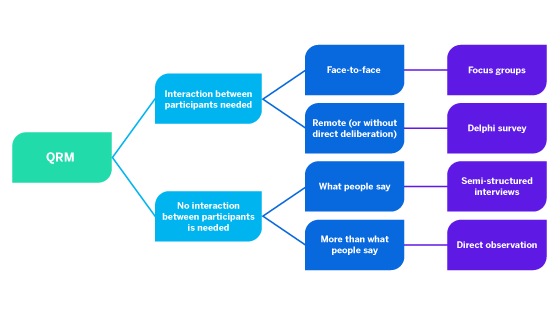
Qualitative research encompasses a variety of branches or sub-disciplines, each with its own focus and methods. While there are more than five branches, here are five common branches of qualitative research:
Ethnography: Ethnography involves the systematic study and description of the culture, practices, and social behaviors of a specific group or community. Ethnographers immerse themselves in the community they are studying to understand its members' perspectives, interactions, and daily lives. This approach often involves participant observation and in-depth interviews.
Grounded Theory: Grounded theory seeks to develop theories or concepts that are grounded in the data itself. Researchers collect and analyze data to identify emerging patterns and concepts. The resulting theories are generated from the data and are used to explain social phenomena. Grounded theory research often involves open coding, constant comparison, and theoretical sampling.
Phenomenology: Phenomenology aims to understand the essence of human experiences and perceptions. Researchers explore the lived experiences of individuals by analyzing their descriptions and narratives. This approach often involves in-depth interviews with participants who have experienced a specific phenomenon. Researchers seek to identify the common themes and structures that underlie these experiences.
Case Study Research: Case study research involves in-depth examination of a single case or a small number of cases. Researchers investigate a specific, real-world context to gain a comprehensive understanding of a phenomenon. Case studies are often used to explore complex or unique cases in depth and may involve multiple data sources, including interviews, observations, and documents.
Content Analysis: Content analysis is a systematic method for analyzing textual, visual, or audio content. Researchers identify and categorize specific elements within the content, such as words, phrases, themes, or visual symbols. Content analysis can be used to explore patterns in media content, documents, or other forms of communication.
Other branches of qualitative research include narrative analysis, discourse analysis, action research, and more. Researchers choose the branch of qualitative research that best aligns with their research question and objectives, as well as the type of data they are collecting. These branches offer different lenses through which to examine and interpret social phenomena, human experiences, and cultural contexts.
Thank you.